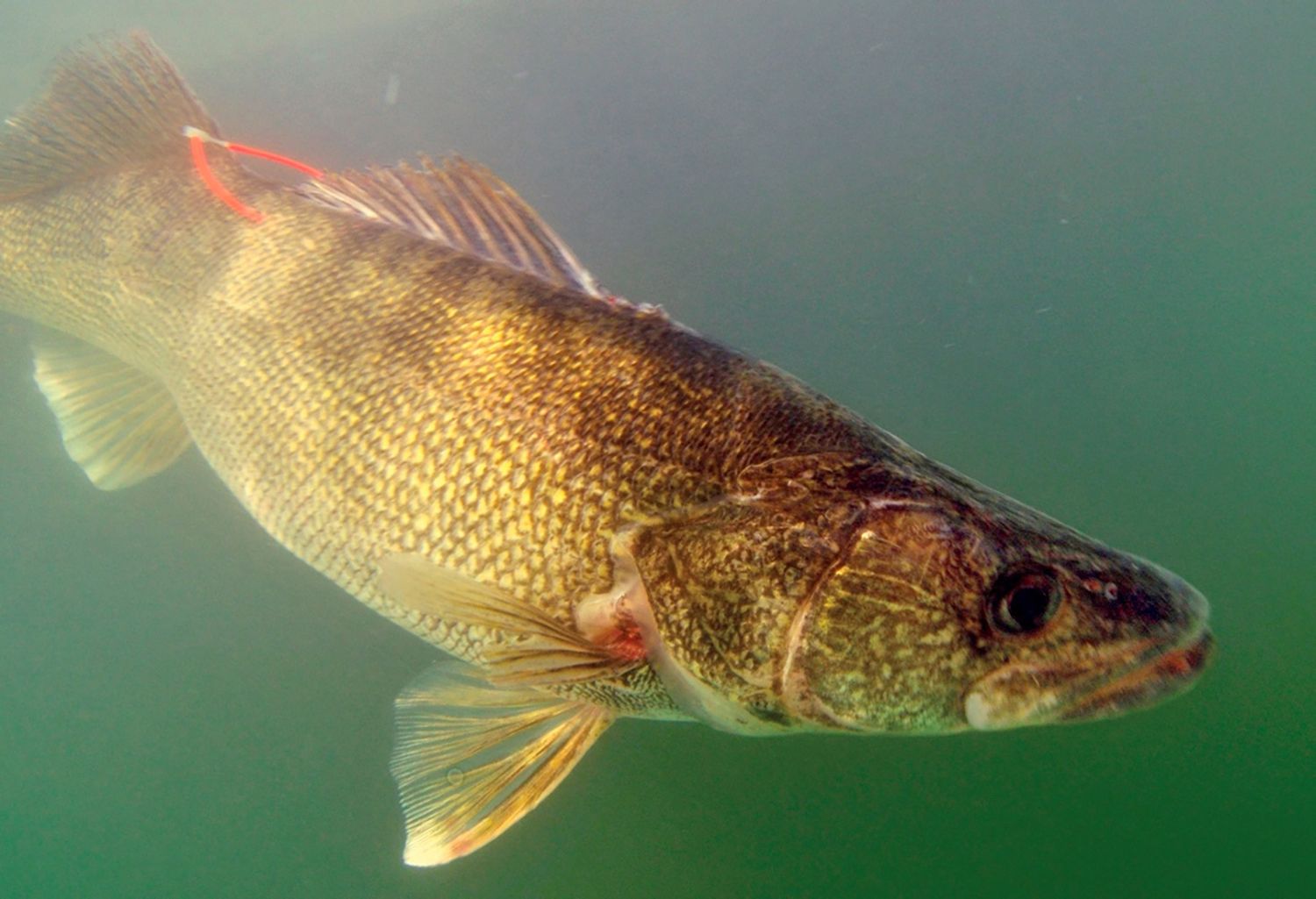Jig and Minnow/Live Bait: Most productive walleye technique; cast or vertical jig with 1/4-3/8 oz jig tipped with minnow, leech, or crawler; lift-drop motion with pauses; maintain bottom contact; feel for subtle bites
Trolling Crankbaits: Cover large areas to locate schools; use planer boards for spread; follow contour lines at 1.5-2.5 mph; vary depths until finding active fish; parallel weed edges and drop-offs
Slip Bobber Rigging: Position live bait at specific depths over structure; excellent for fishing rocky reefs and humps; allows precise depth control; effective when fish are suspended; 8-15 feet depths most productive
Bottom Bouncing/Spinner Rigs: Drag bottom bouncer with spinner rig and live bait; slow trolling presentation (0.8-1.2 mph); covers water methodically; effective in deeper water 15-30 feet
Vertical Jigging: Position boat over structure and drop jig directly below; lift and drop motion; effective on humps, drop-offs, and suspended fish; blade baits and jigging spoons excel; maintain feel for subtle strikes
Casting and Retrieving: Cast crankbaits or swimbaits to structure; vary retrieve speed from slow-steady to stop-and-go; work points, weed edges, and rocky areas; early morning and evening prime times
Night Fishing: Shallow water casting (8-15 feet) with jigs or crankbaits; focus on rocky points and shallow reefs; walleyes move up to feed; use dark-colored jigs; slow presentations; headlamp with red light preserves night vision
Ice Fishing: Jigging spoons or jigs with minnow heads in 25-40 feet; stationary tip-ups with live minnows; low-light periods best; move frequently to locate schools; Electronics essential for finding fish and depth

